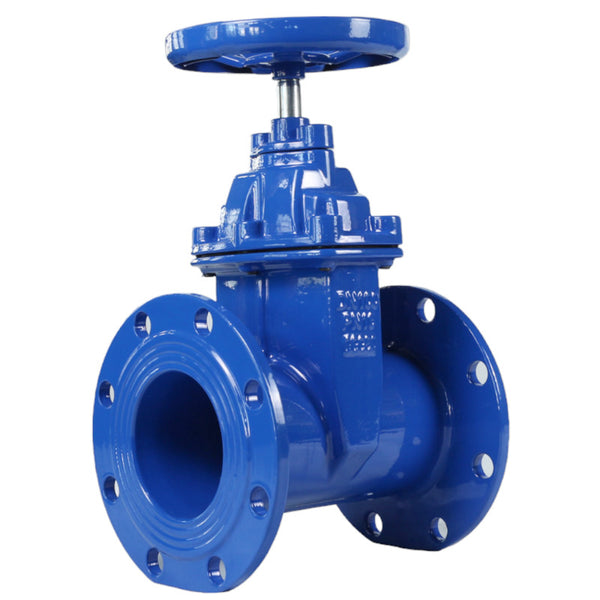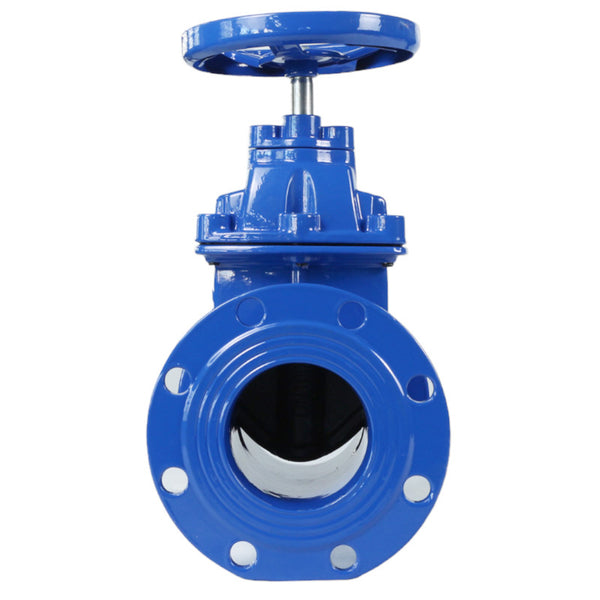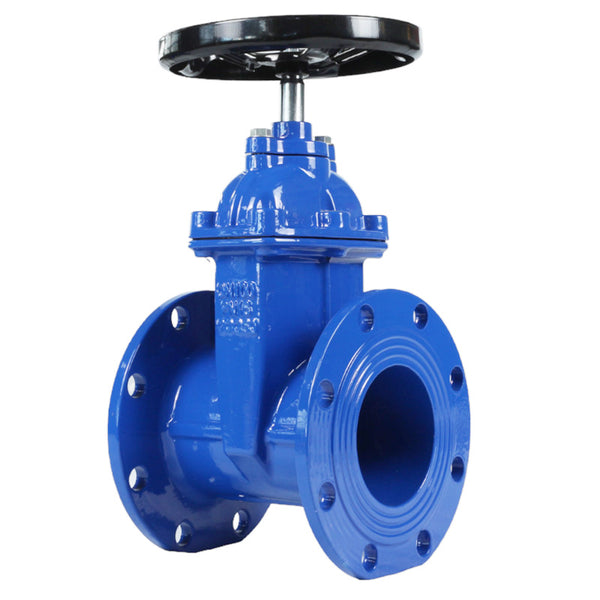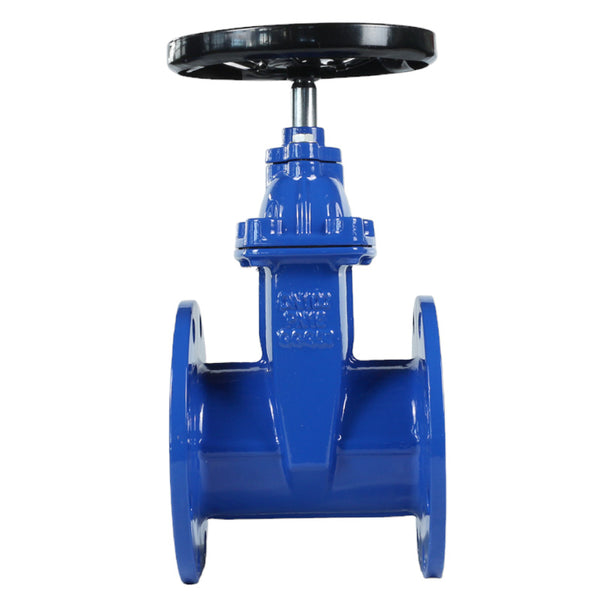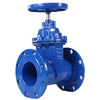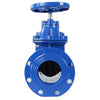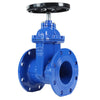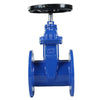PRODUCT DETAILS
Non-Rising Stem Resilient Seated Gate Valve Introduction
This Non-Rising Stem Resilient Seated Gate Valve is a reliable and durable solution for controlling and directing the flow of fluid.This gate valve features a non-rising stem and resilient seat design for efficient and durable operation. With its reliable performance, it ensures long-lasting fluid control and minimal maintenance.And able to withstand high pressure and remains tightly sealed even after extended periods of use.Perfect for various industrial applications.
Non-Rising Stem Resilient Seated Gate Valve drawing

Standard of implementation
| Category | Specification |
|---|---|
| Type | Flange |
| Face to Face | API609, BS5155, DIN3202, ISO5752 |
| Flange | DIN, BS, UNI, ISO, ANSI, AS, JIS |
| Mounting Flange | ISO5211 |
| Working Pressure | PN16 (200 PSI) |
| Application | HVAC, Water Supply & Sewage, Food & Beverage, Chemical / Petrochemical / Processing, Power and Utilities, Paper and Pulp, Ship Building |
Standard Materials Of Main Parts
| Item | Part Name | Material |
|---|---|---|
| 1 | Body | Ductile Iron |
| 2 | Seat | EPDM |
| 3 | Shaft | SS416 |
| 4 | Disc | Ductile Iron |
| 5 | Wedge Nut | Brass |
| 6 | Bonnet Gasket | EPDM |
| 7 | Bonnet | Ductile Iron |
| 8 | Sealing ring | EPDM |
| 9 | Socket head screw | A2-70 |
| 10 | Oring | EPDM |
| 11 | Hand Wheel | |
| 12 | Stem Nut | A2-70 |
Dimensions:(mm)

REVIEWS
Download
FAQs
How does a gate valve work?
The working principle of a gate valve is that the gate moves up and down with the valve stem in a straight line. There is a trapezoidal thread on the valve stem. The nut at the top of the valve and the guide groove on the valve body are used to realize the up and down movement of the valve stem, and the valve stem drives the gate to move.
What are the common materials for gate valves?
Common materials for gate valves include cast iron, steel, stainless steel, copper, aluminum, etc. Different materials have different characteristics and applications.
What is a gate valve used for?
A gate valve is a valve used to cut off, open or regulate pipeline fluids. It is usually used for on/off control in systems that require linear flow and minimum flow restrictions. Widely used in water supply systems, wastewater treatment, oil and gas pipelines, and industrial applications.
Is a gate valve a flow control valve?
Gate valves are not usually used as flow control valves. Its main function is to fully open or fully close the flow of fluid in the pipeline. If the gate valve is used for adjustment, the gate will be in a half-open state. Different media will flush the gate of the gate valve during the flow process, which is likely to damage or bend the gate of the gate valve. For precise flow regulation, other types of valves, such as stop valves or throttle valves, are more suitable
What is the difference between ball valves and gate valves?
1 Different ball valve The ball valve consists of a spherical ball with a hole in the center of the ball. The ball rotates in the valve body to open or close the flow. The gate valve consists of a flat or wedge-shaped gate that moves up and down to open or close the fluid.
2 Operation method: The operation of the ball valve is relatively simple, usually opening and closing by rotating 90 degrees, which is more convenient to operate; the gate valve requires multiple turns of the handwheel to fully open or close, and the operation speed is slower.
3.Application method: Ball valves are used in applications that require fast and reliable on/off control, such as in gas pipelines, water systems, and chemical processing. Gate valves are used in applications where the valve remains fully open or fully closed for a long time, such as in water distribution systems and oil pipelines.
